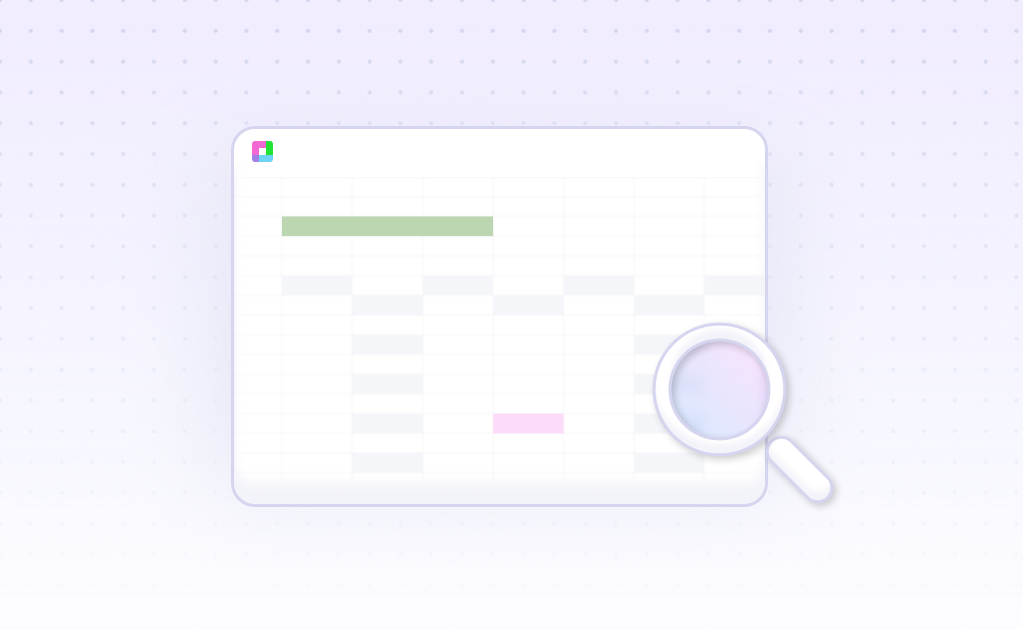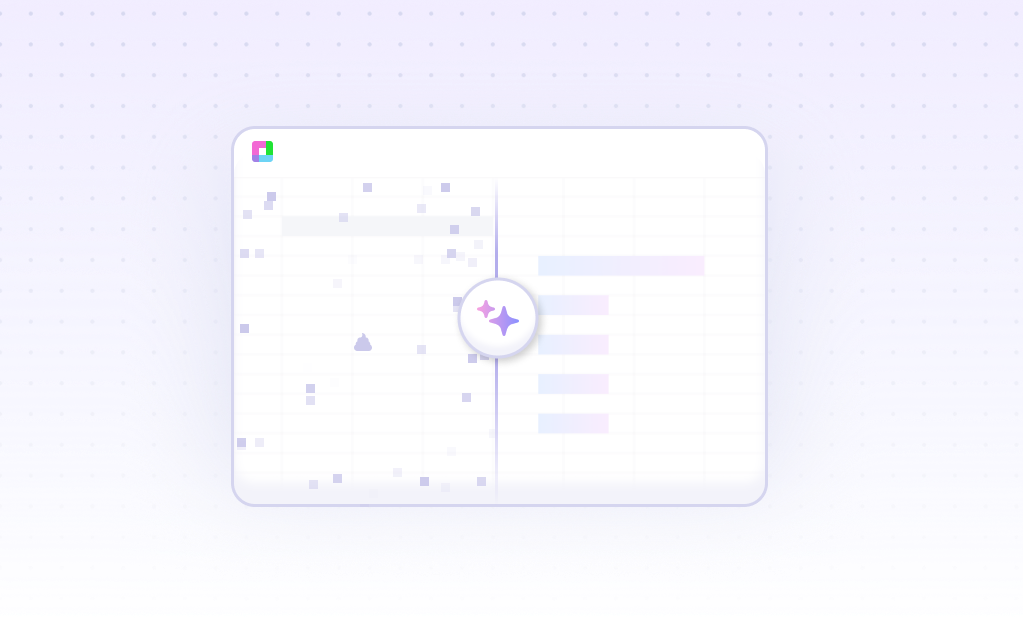
Subscription businesses live and die by their metrics. Whether you're tracking monthly recurring revenue, analyzing customer churn, or calculating lifetime value, the difference between success and failure often comes down to how well you understand your numbers.
But here's the challenge: subscription analytics require sophisticated calculations, dynamic cohort analysis, and predictive modeling that traditional spreadsheets struggle with. You need tools that can handle complex subscription metrics while remaining intuitive enough for daily use.
Essential Subscription Metrics Made Simple
Track the metrics that matter most for subscription business success
Monthly Recurring Revenue (MRR)
Automatically calculate and forecast MRR with intelligent formulas that handle upgrades, downgrades, and churn seamlessly.
Customer Lifetime Value (CLV)
Predict customer value with advanced cohort analysis and machine learning algorithms that adapt to your business patterns.
Churn Rate Analysis
Identify churn patterns before they impact revenue with predictive analytics and early warning indicators.
Customer Acquisition Cost (CAC)
Track acquisition costs across channels and calculate payback periods with automated attribution modeling.
Cohort Performance
Analyze customer behavior over time with dynamic cohort tables that update automatically as new data arrives.
Revenue Forecasting
Generate accurate revenue predictions using historical patterns and market trends with AI-powered forecasting.
Subscription Analysis in Action
See how different subscription businesses use these analyses to drive growth
SaaS Growth Analysis
A growing software company used cohort analysis to discover that customers acquired through content marketing had 40% higher lifetime value than those from paid ads. They shifted 30% of their marketing budget accordingly, increasing overall CLV by 25%.
Subscription Box Optimization
An e-commerce subscription service identified that customers who received personalized product recommendations in their third shipment had 60% lower churn rates. This insight led to a new onboarding sequence that reduced overall churn by 15%.
Media Platform Retention
A digital media platform discovered through MRR analysis that their annual plan customers had significantly higher engagement rates. They introduced annual plan incentives that increased annual subscriptions by 35% and improved overall retention.
Freemium Model Analysis
A productivity app analyzed conversion funnels and found that users who activated three specific features within 30 days were 5x more likely to upgrade. They redesigned their onboarding to highlight these features, doubling their conversion rate.
Your Subscription Analysis Workflow
From data import to actionable insights in four simple steps
Connect Your Data Sources
Import subscription data from your billing platform, CRM, and analytics tools. Sourcetable automatically maps common subscription fields and handles data formatting.
Set Up Automated Calculations
Configure MRR, churn rate, and CLV calculations with pre-built templates. The AI assistant helps you customize formulas for your specific business model and pricing structure.
Create Dynamic Dashboards
Build interactive dashboards that update in real-time as new subscription events occur. Visualize trends, cohorts, and forecasts with intelligent charting.
Generate Insights & Reports
Use AI-powered analysis to identify patterns, anomalies, and opportunities. Generate executive reports and share insights with stakeholders automatically.
Advanced Subscription Analytics Techniques
Cohort Revenue Analysis
Traditional cohort analysis shows retention rates, but cohort revenue analysis reveals the economic impact. Track how much revenue each customer cohort generates over time, accounting for upgrades, downgrades, and add-ons.
This approach helps you understand not just if customers stay, but how much they're worth as they mature. You might discover that while your six-month retention rate is 70%, the revenue retention rate is actually 95% due to successful upselling.
Predictive Churn Modeling
Move beyond reactive churn analysis to predictive modeling. By analyzing usage patterns, billing history, and engagement metrics, you can identify customers likely to churn before they actually cancel.
Key indicators often include declining usage, delayed payments, reduced feature adoption, and support ticket patterns. Creating a churn risk score allows you to proactively engage at-risk customers with targeted retention campaigns.
Unit Economics Optimization
Subscription businesses succeed when unit economics work at scale. Calculate the ratio of CLV to CAC across different customer segments, acquisition channels, and product tiers.
The magic happens when you can identify which combinations of product, price, and acquisition channel deliver the highest unit economics. This analysis guides product development, pricing strategy, and marketing investment decisions.
Frequently Asked Questions
What subscription metrics should I track first?
Start with the core metrics: Monthly Recurring Revenue (MRR), Customer Acquisition Cost (CAC), Customer Lifetime Value (CLV), and churn rate. These four metrics give you a complete picture of subscription health and growth potential. Once you have these established, expand to cohort analysis and revenue forecasting.
How do I handle different subscription pricing tiers in my analysis?
Segment your analysis by pricing tier and track metrics separately for each segment. This reveals which tiers have the best unit economics, lowest churn rates, and highest growth potential. You can then optimize pricing, features, and marketing for each tier independently.
What's the difference between gross and net MRR?
Gross MRR is your total monthly recurring revenue without accounting for churn. Net MRR subtracts churned revenue and adds expansion revenue from upgrades and add-ons. Net MRR gives you a clearer picture of actual business growth, as it shows whether you're growing faster than you're losing customers.
How often should I update my subscription analysis?
Update core metrics daily if possible, especially MRR and churn rates. Cohort analysis can be updated weekly or monthly depending on your subscription cycle. The key is consistency - regular updates help you spot trends early and respond quickly to changes in customer behavior.
What's a good churn rate for subscription businesses?
Churn rates vary significantly by industry and price point. B2B SaaS companies typically see 5-7% monthly churn, while consumer subscriptions might see 10-15%. However, focus on your trend rather than absolute numbers - improving churn rate over time is more important than hitting specific benchmarks.
How do I calculate customer lifetime value accurately?
The most accurate method uses historical cohort data to calculate average revenue per customer and average lifespan by cohort. Avoid simple formulas like (monthly revenue / churn rate) as they don't account for customer behavior changes over time. Use cohort-based CLV calculations that reflect your actual customer retention and expansion patterns.
Frequently Asked Questions
If your question is not covered here, you can contact our team.
Contact Us




